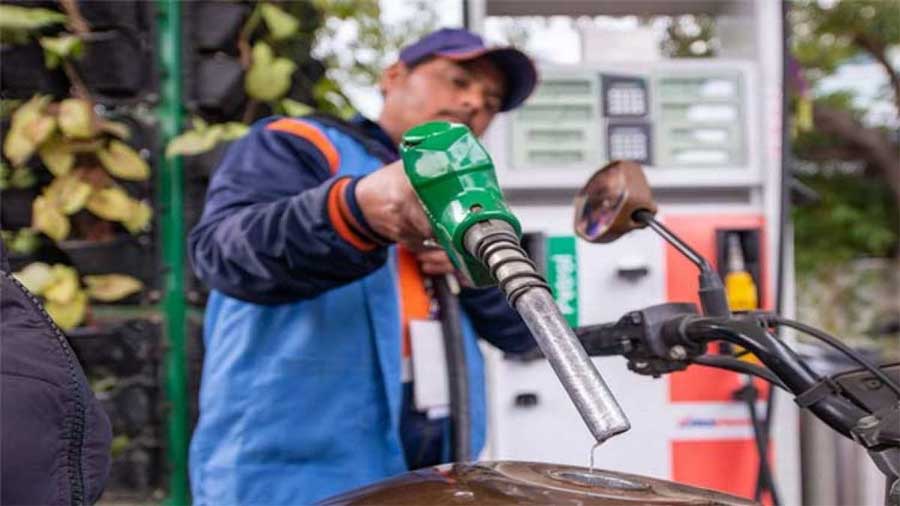KARACHI: Pakistan’s current account balance stood in surplus at $881 million in the first eight months (July-February) of of the current fiscal year 2020-21 compared to a deficit of $2.74 billion in the same period of the last year, according to the central bank.
Pakistan’s current account deficit was recorded at $50 million in February 2021, said the central bank in a series of tweets the other day.
The deficit has narrowed down this time on the basis of growth in foreign income rather than cut in the expenditures. The income surged with the much-needed increase in export earnings, as inflows on workers’ remittances have already remained strong since June 2020.
The modest deficit has paved the way to boost economic activities in the country. However, the worsening third wave of the Covid-19 pandemic and spikes in prices of the commodities including food and energy remained some of the immediate challenges to economic growth.
The deficit is almost 75 percent lower in February compared to the same month of the last year. It fell by slightly over 76 percent compared to the previous month of January, the State Bank of Pakistan (SBP) reported.
February was the third successive month which recorded a deficit in the current account balance, which earlier stood in surplus for the first five successive months (July-November) of the current fiscal year.
The export of goods grew almost 9 percent to $2.16 billion in February compared to $1.99 billion in the same month of last year. They improved slightly by over 3 percent in the month under review compared to the previous month of January 2021. The growth in exports and strong workers’ remittances allow industrialists to make higher imports.
Earlier, the government had managed to narrow down the current account deficit through making imports expensive to fix the faltering economy. Liberalising imports is a must to accelerate economic growth as the domestic economy and its exports both remain largely dependent on imported raw materials so far.
The central bank said as the economy recovers, the trade deficit is widening somewhat on the back of imports of capital goods and industrial materials as well as food, together with rising international commodity prices.
“Nevertheless, the current account deficit in FY21 is still expected to remain below 1 percent of GDP given the out-turn to date, continued strong prospects for remittances – which have remained above $2 billion for the last nine months – and the on-going pickup in exports, especially high value-added textiles,” the SBP said last week. – TLTP
Sign in
Welcome! Log into your account
Forgot your password? Get help
Password recovery
Recover your password
A password will be e-mailed to you.






